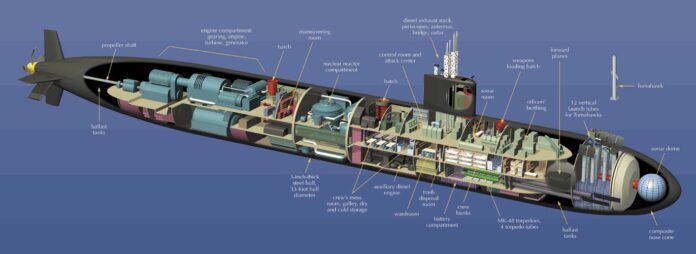The motion makes noises. When underwater objects vibrate, they create sound-pressure waves that alternately compress and decompress the water molecules as the sound wave travels through the sea. Sound waves radiate in all directions away from the source like ripples on the surface of a pond.
When moving, the shaft of the submarine rotates and it makes a noise at the rotation rate. It’s called the shaft rate. If a rotating machine rotates at 3,600 RPM, it’s rotating 60 times per second. Since no machine is perfect, any small error in the machine at one spot will cause a slight change in the noise it makes. That generates a tone. That tone would be 60 Hz. If that machine is mounted to to the hull of a ship or submarine, the hull will act like the cone of the speaker in your home sound system and make a sound wave in the water.
If the machine is a rotary pump, it makes noise for how often the vanes pass one point. For example, if the pump has 5 vanes, it will make a tone at 300 Hz.
All rotary machinery make a similar noise. For example, if the motor has 12 rotor windings, it will emit a tone at 720 Hz.
This method also works for a ship’s propellers. If the screw is turning 120 RPM, the Shaft Rate would be 2.0 Hz. If it had six blades, the Blade Rate would be 12 Hz. Since 12 Hz is a harmonic of 2 Hz, the blade rate and sixth Shaft Rate would reinforce each other, making the Blade Rate much stronger.
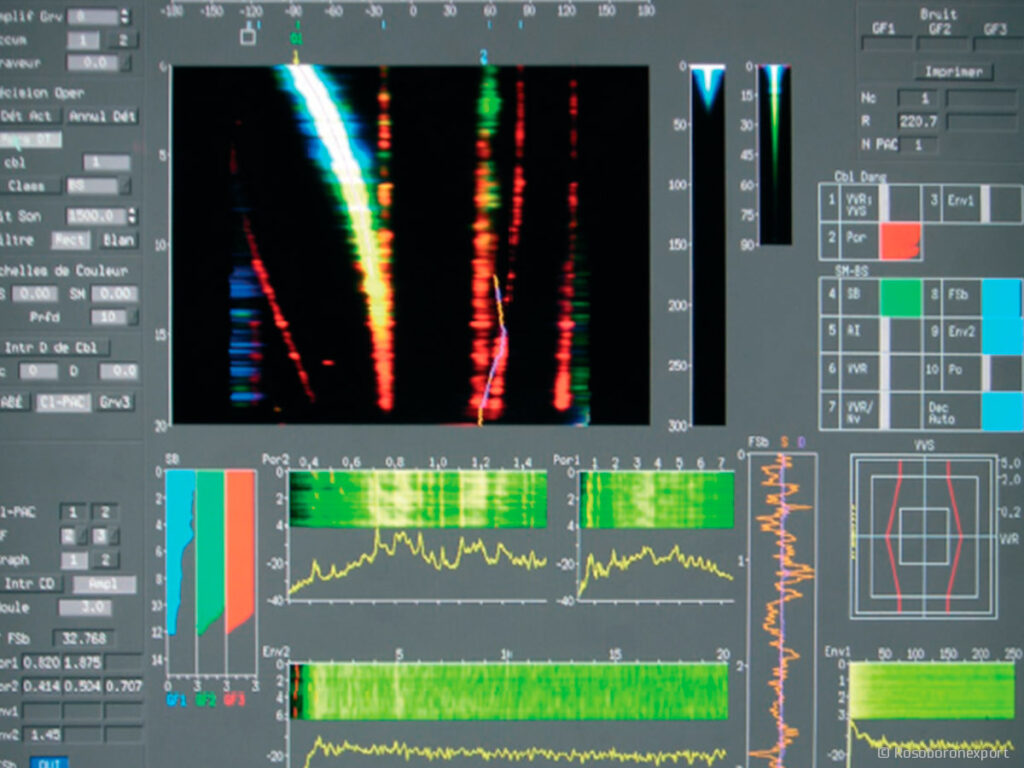
This list can be expanded with all the equipment on the submarines that has moving parts.
That sound wave travels a long way (because of its low frequency) and can be detected by any hydrophone (a microphone in the water). Eliminating these sounds is the key factor to keep your asset undetected.
Back to the questions:
Nuclear Submarines
A nuclear boat has a lot of stuff inside making noise:
- Pumps (Especially Main coolant pumps which are noticeably big)
- Turbines
- Reduction gears
- Steam flowing through the pipes.
- Alternating current (generators and electrical loads)
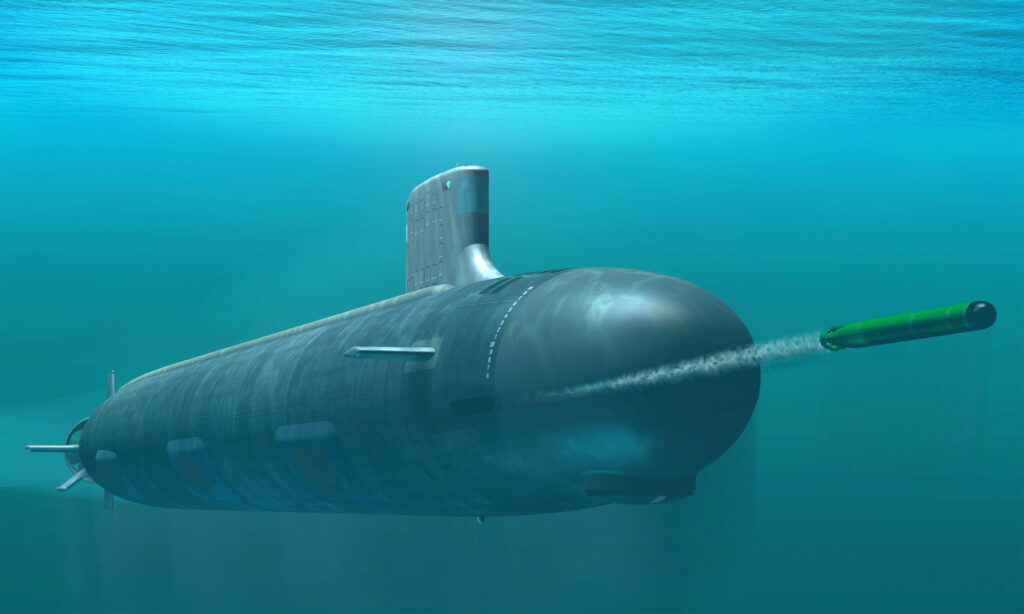
What are the two noisiest things?
The Reactor coolant pumps, and the high-speed propulsion turbines, with their associated reduction gears. Reactor coolant pumps on nuclear submarines are three decks tall dwarfing by far any other single piece of mechanical equipment in the engineering plant. Bigger equipment usually makes more noise.
Most naval reactors are a PWR (Pressurized Water Reactor), because they were the safest, in combat, than the other designs. In that system, the reactor heats its coolant, which is used in a steam generator (similar to a boiler), to make steam. The steam turns a turbine, which either turns the screw, or an electric generator (or alternator).
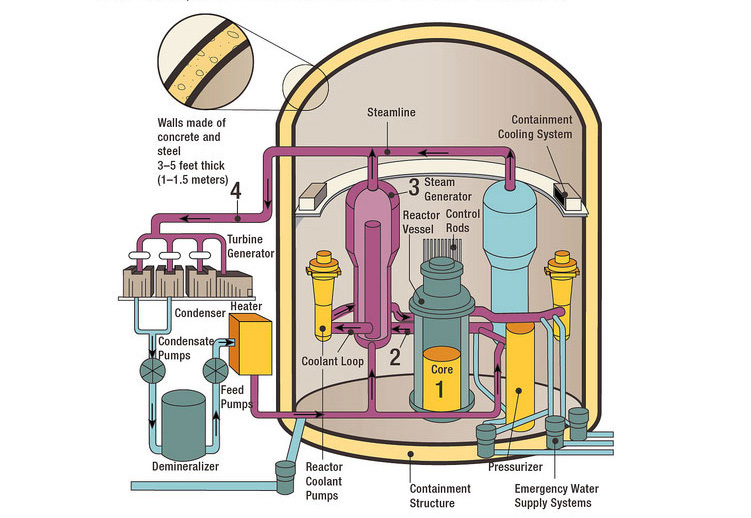
The flow of steam and the piping and turbine pump noises are louder than simply running a electric motor off batteries in the underwater mode.
So, unique to nukes, are a bunch of pumps, turbines, and reduction gears, which a diesel boat in battery mode doesn’t have at all. The only thing you’re going to hear from a boat on the battery (or an Air-Independent Propulsion (AIP) boat using the AIP equipment.
In addition, the hull makes noise just passing through the water and a larger hull also makes more noise – a smaller and slower diesel-electric boat makes less noise than a faster nuclear sub.
Diesel Electric Submarines
Diesel generator machinery can cause a great deal of noise. Diesel electrics are only quiet when operating in electric mode.
In fact, diesel boats must raise a snorkel to have intake fresh air for combustion when operating the diesel recharging the batteries and is then visible to the world.

You cannot run silently with the diesels running and charging the electrics, you can only run silently in the electric-only mode, submerged. And because that’s off batteries, your submerged endurance is limited.
Diesel electric submarines only use diesel mode when travelling on surface, or snorkeling. However, there is the Stirling engine submarine, that can run its two propulsion systems totally submerged.
The works on making nuclear boats quieter
Those problems were addressed by the US Navy, with three experimental submarines, USS Tullibee, USS Glenard P. Lipscomb, and USS Narwhal. Tullibee and Lipscomb were steam turbine-electric. No reduction gears. Narwhal had a natural circulation reactor (no need for Main Coolant Pumps under normal operations) and a low-speed direct-connection main engine. No noisy pumps at low speed and no reduction gears. The Ohio and Virginia-class are the most recent applications. The up-coming Columbia-class SSBN will take it a step further, using the turbine-electric drive.
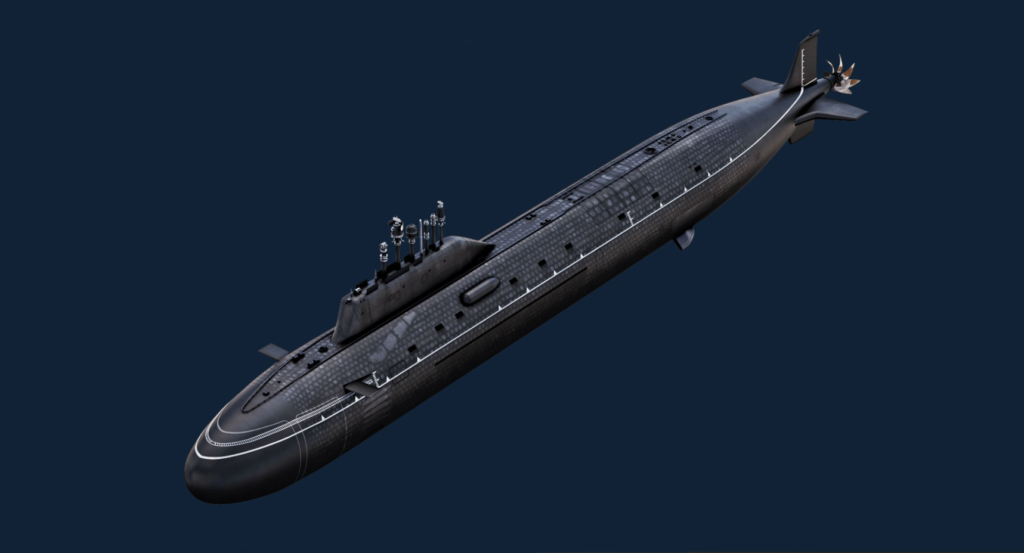
China is working on reducing the noise of its nuclear-powered subs. The new Yasen Class submarines of the Russian navy are covered with 10,000 rubber elements to make it quieter. France MOD announced that its 3rd generation nuclear submarines will be so quiet that its radiated noise may be less than the ambient noise in the ocean.
With the AIP technologies, diesel-electric submarines are less dependent on snorkeling, on the other hand, nuclear submarines are getting quieter every day.
Check out Naval Library App to find out the all specifications of Nuclear Submarines.


